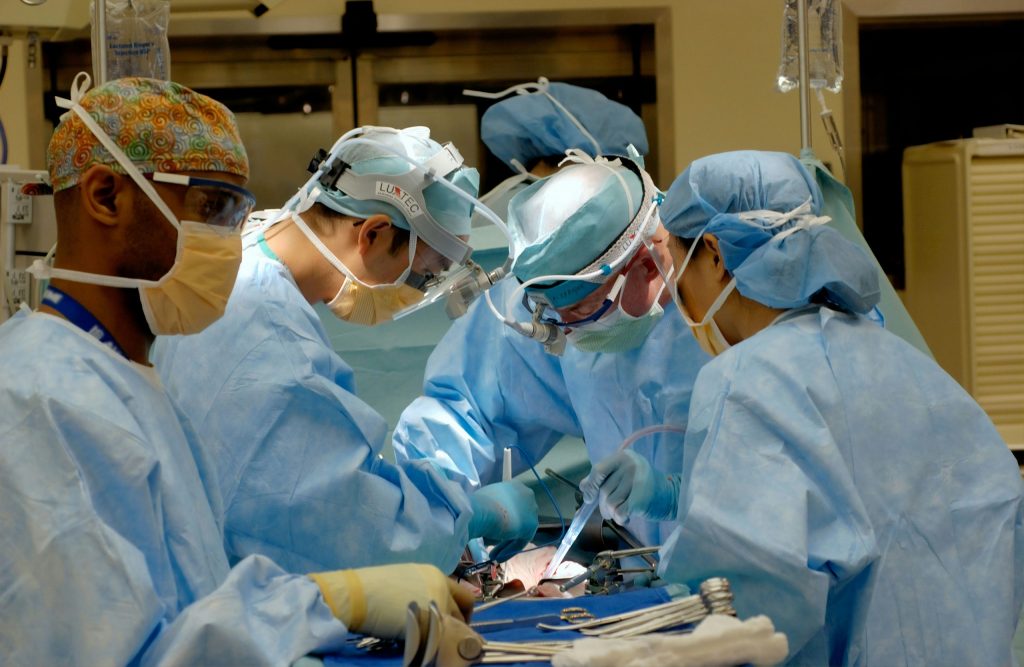Use Case #3: 5G Holographic surgical simulation

Università degli Studi di Milano, Policlinico di Milano, and Politecnico di Milano aim to develop an educational program using Mixed Reality (MR) to enhance immersive learning for medical and technical students. The goal is to improve clinician training and healthcare outcomes. Following initial clinical trials on mannequins, the project seeks to develop and integrate mixed reality solutions into medicine and surgery.
This UC focuses on facial morphology, omics, and salivary mRNAs, combined with Artificial Intelligence (AI), to support remote disease diagnosis via an MPN. Research suggests that integrating 5G, AI, facial morphology, and salivary markers could significantly advance disease characterization, shaping future research in this field.
The UC applies holographic technology to clinical settings, using three-dimensional holograms to visualise anatomical structures, medical data, or diagnostic imaging. The objective is to enhance medical training, surgical planning, and patient understanding through immersive and highly detailed 3D representations. MR enhances real-world environments with interactive digital elements, enabling professionals to collaborate remotely on digital twin patients for improved medical support and decision-making. Operating along the “Reality-Virtuality Continuum,” MR integrates computer-generated content, user immersion, and AI-driven interactivity. It enables the seamless coexistence of real and virtual objects within a unified display, covering both augmented reality and augmented virtuality.
